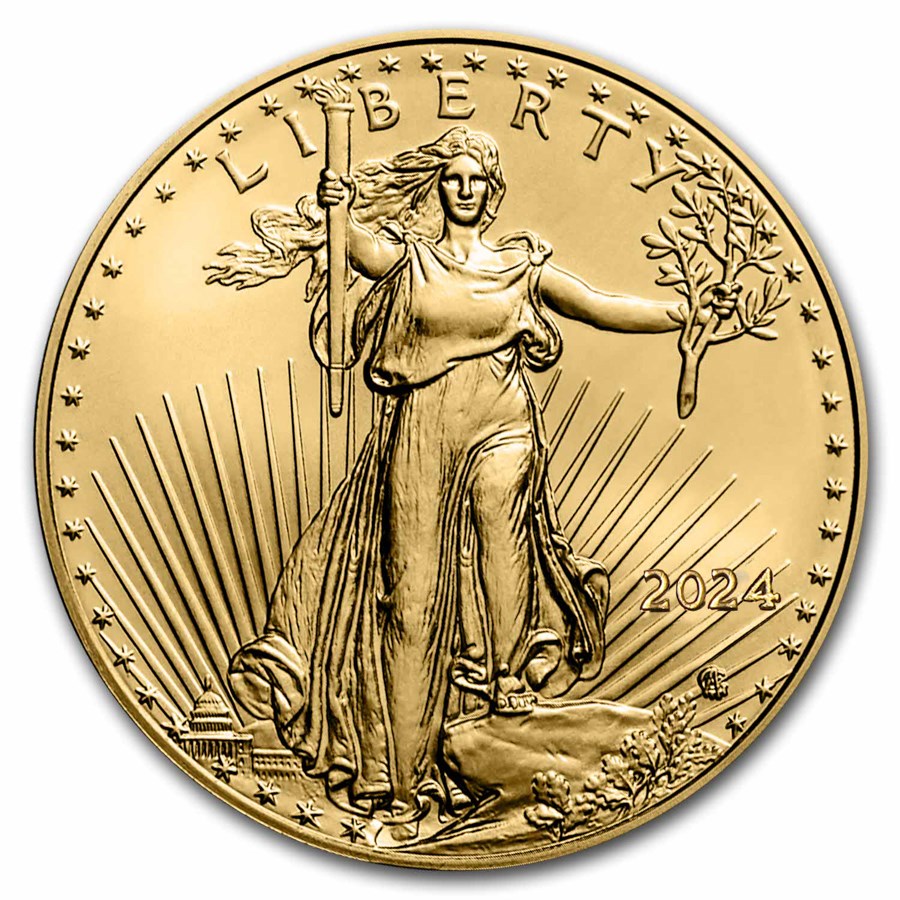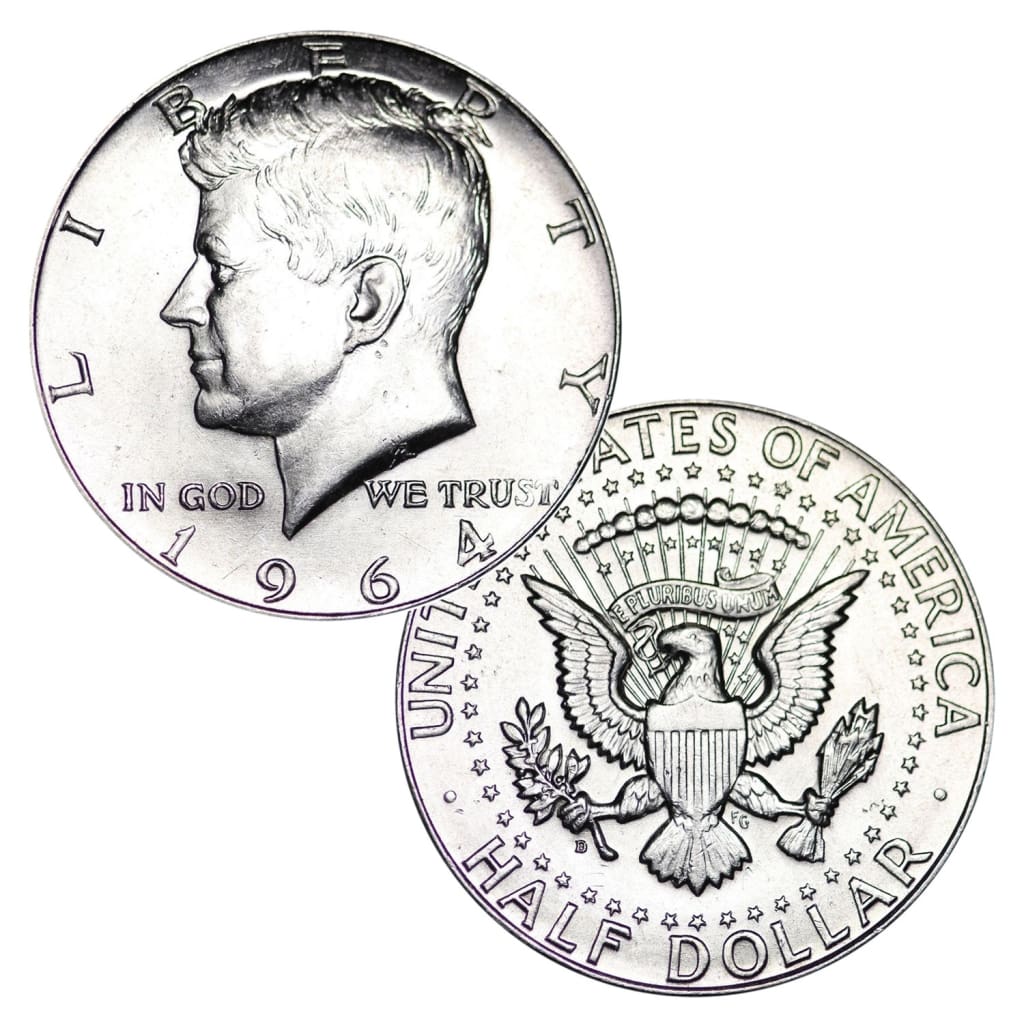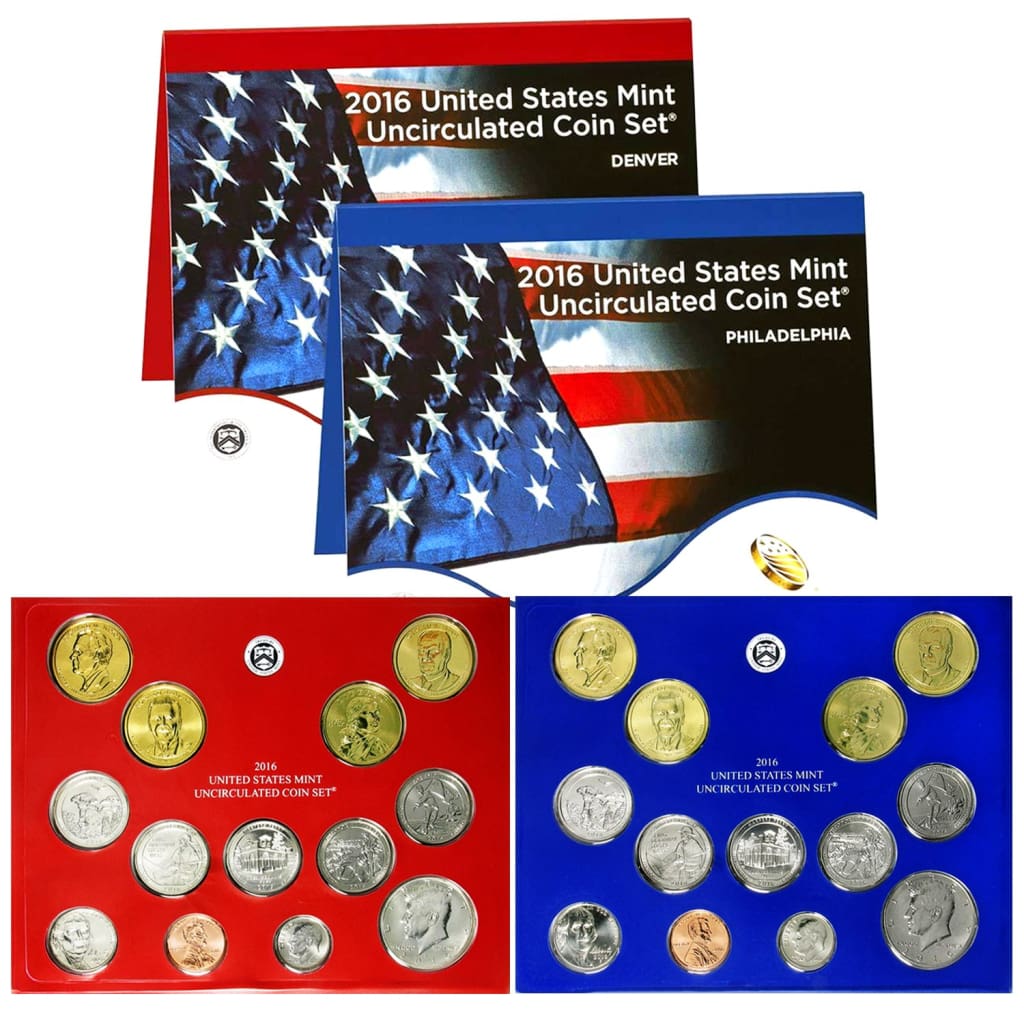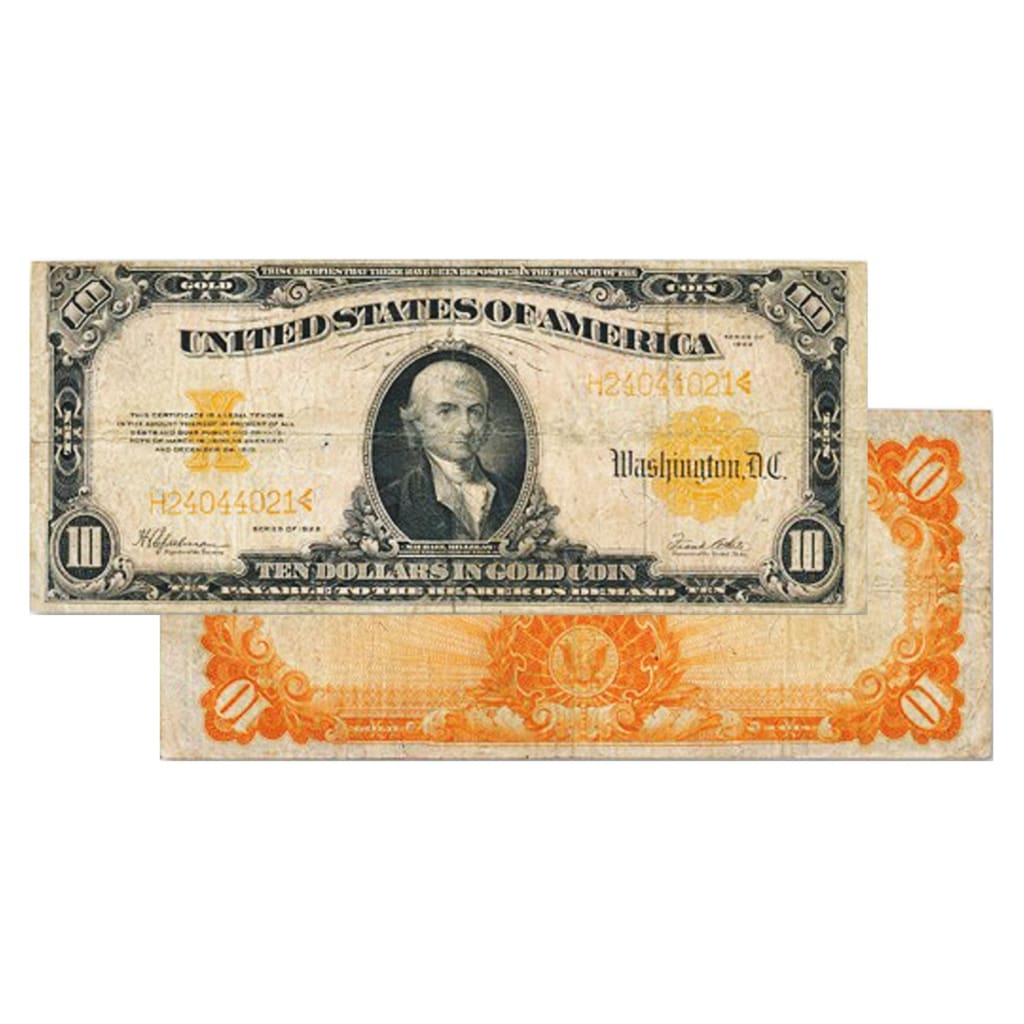Top 10 Mistakes Beginners Make When Buying Bullion
(Category: Beginner-Friendly Guides)
Entering the world of precious metals is exciting, but for beginners, it can also be intimidating. Missteps are common—and they can be costly.
Here are the top 10 mistakes new buyers make when purchasing gold, silver, or other bullion—and how you can avoid them.
1. Ignoring the Spot Price
New buyers often fail to check the current market price before purchasing. The spot price is the baseline value of the metal, and dealers add a premium on top.
Tip: Always compare the total price you're paying to the spot price to evaluate the real markup.
2. Overpaying for Fancy Packaging
Shiny boxes and certificates can be enticing, but they don’t necessarily add value—especially for bullion meant for investment.
Tip: Focus on purity and metal content, not presentation.
3. Confusing Bullion and Collectibles
Many beginners mistake numismatic (collector) coins for investment bullion. These often carry huge premiums but have little resale value unless rare or in demand.
Tip: If you’re investing, buy coins and bars based on weight and purity—not age or artwork.
4. Buying from Untrusted Sellers
Auction sites and private listings are filled with fakes and overpriced products.
Tip: Buy only from well-reviewed dealers or government mints.
5. Not Understanding Premiums
Premiums vary by product. Government coins (e.g., American Eagles) often cost more than bars or rounds, even though they contain the same amount of metal.
Tip: Look at total cost per ounce when comparing options.
6. Skipping Proper Storage
Leaving bullion in drawers, closets, or random safes exposes it to damage or theft.
Tip: Use fireproof safes, bank safety deposit boxes, or insured storage vaults.
7. Going All-In on One Type of Metal
Some new investors put everything into silver or gold without understanding market behavior or diversification benefits.
Tip: Learn the roles each metal plays—gold for wealth preservation, silver for accessibility and industrial demand.
8. Ignoring Liquidity
Some bullion products are harder to sell than others. Highly recognized coins are usually more liquid than obscure rounds or bars.
Tip: Stick to well-known mints and products with a track record of resale demand.
9. Falling for “Rare Coin” Scams
High-pressure sales tactics often push buyers into overpriced, low-quality numismatic coins.
Tip: If someone is pushing urgency or promising guaranteed returns, walk away.
10. Not Having an Exit Strategy
Many buyers don’t think about how or when they’ll sell their bullion. When the time comes, they’re unprepared.
Tip: Know how resale works, where to sell, and what documentation you’ll need in advance.
Final Thoughts
Bullion investing is simple—but only if you approach it with awareness. By avoiding these common beginner pitfalls, you’ll set yourself up for a safer, more rewarding experience in the precious metals world.








